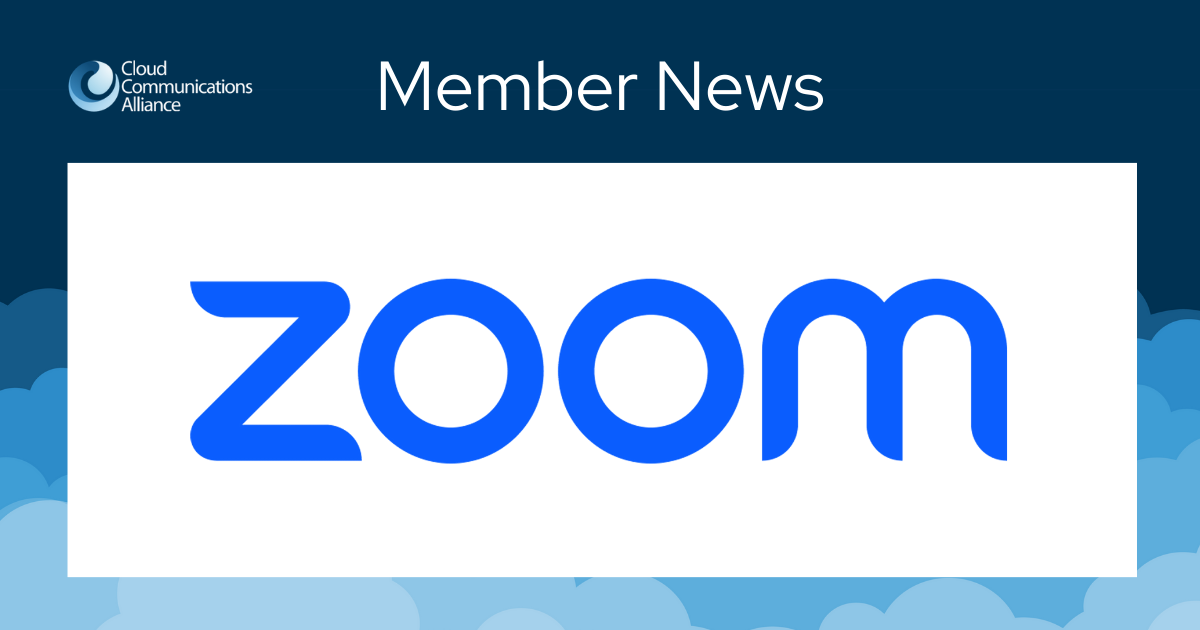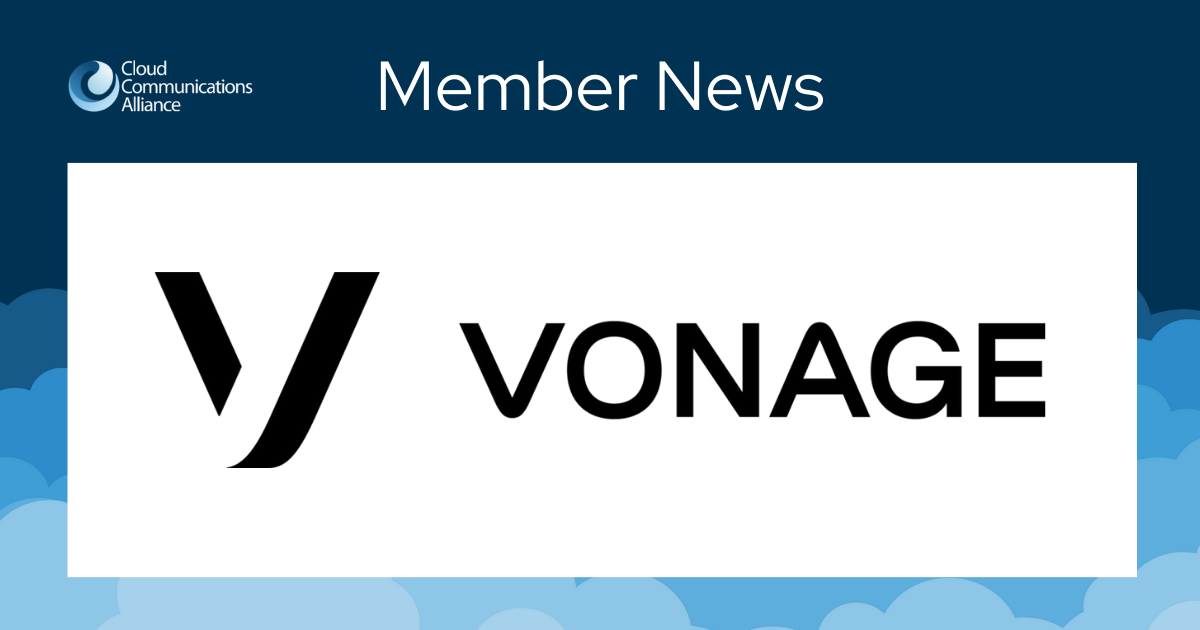FCC Broadens TRS Fund Contribution Formulas to Add Intrastate VRS and IP Relay Revenues; Updates TRS Contribution Factors

On June 30, 2022, the Federal Communications Commission (“FCC” or the “Commission”) released an Order expanding the Interstate Telecommunications Relay Services Fund (the “TRS Fund”) contribution base for Video Relay Service (“VRS”) and Internet Protocol Relay Service (“IP Relay”). The Order updates FCC TRS rules to require telecommunications carriers, as well as both interconnected and non-interconnected Voice over Internet Protocol (“VoIP”) providers, to pay into the TRS Fund to support VRS and IP Relay based on their intrastate end-user revenues, in addition to their interstate and international end-user revenues; historically, these service providers supported VRS and IP Relay based on interstate and international revenues only.[1] This expansion will take effect on July 1, 2023.
That same day, the Commission released a related order updating the TRS Fund contribution rates for all federally recognized forms of TRS. To avoid overbilling or underbilling, telecommunications carriers and VoIP providers must plan accordingly to update their internal revenue collection, tracking, and remittance processes. Our firm stands by ready to help make the transition as painless as possible.
Background
Telecommunications Relay Services are a disability accommodation that allow individuals with hearing or speech disabilities to communicate over the telephone in ways that are functionally equivalent to traditional voice calls. VRS is an Internet-based form of TRS that enables the caller to communicate using American Sign language through a video phone and a human relay operator, while IP Relay is a text-based form of TRS.[2] Since 1993, telecommunications carriers (and later VoIP providers) have been required to contribute to the TRS Fund, on a quarterly basis, a specified percentage of their end-user revenues for the prior year.
When the FCC first authorized the three forms of Internet-based TRS between 2000 and 2007, it decided, as an interim measure to speed the development of these services, that all of the costs of providing Internet-based TRS should be paid by contributors to the TRS Fund, based only on their interstate end-user revenues. This changed in 2019, when the Commission revised the Internet Protocol Captioned Telephone Service (“IP CTS”) funding arrangement to include intrastate revenues. And now, the Commission decided to bring the funding formula for VRS and IP Relay in line with the funding mechanism for IP CTS.
The VRS and IP Relay Expansion
As of July 1, 2023, telecommunications carriers and VoIP providers will be required to fund VRS and IP Relay based on their total end-user telecommunications and/or VoIP revenues, as applicable, regardless of whether these revenues derive from local, long distance, or international calls, for the following reasons:
- The interim measures limiting Internet-based TRS contributions to interstate revenues are no longer necessary, because they achieved their purpose.
- The old funding arrangements have become inherently inequitable, resulting in widely disparate impacts on TRS contributors, based solely on interstate vs. intrastate usage of their services.
- recovering VRS and IP Relay costs based on total end-user revenues reduces the likelihood of distortions in the pricing of interstate and intrastate voice services due to inaccurate market signals regarding their relative costs.
- Expanding VRS and IP Relay contributions may strengthen the sustainability of these services.
- Encouraging or mandating state program support of VRS or IP Relay would be an impractical alternative, because no state Internet-based TRS program currently offers any form of Internet-based TRS.
- No one has offered any reasons as to why VRS and/or IP Relay should continue to be funded more narrowly than IP CTS.
Updates to TRS Contribution Factors
Each year, the FCC updates the contribution factors for all federally authorized forms of TRS. The following rates took effect on July 1, 2022, and will remain effective through June 30, 2023 (unless amended or extended by the Commission):
- IP CTS: 0.00653%
- Non-IP CTS: 0.01124%
Contact Us for Help
While the differences in calculating your federal TRS support obligations may seem insignificant due to the low IP CTS and non-IP CTS contribution factors — especially when compared with egregiously high Universal Service Fund contribution factors — the expansion of the VRS and IP Relay contribution bases to include intrastate revenues could still have a notable impact on your company’s finances, particularly if it collects substantial revenues from intrastate calls. Failure to address these changes through appropriate cost recovery once the contribution expansion takes effect could result in substantial undercollected obligations. Therefore, we encourage all covered providers to start preparing for the change now to make the transition as smooth and possible.
For more information please contact Michael P. Donahue, Esq., at (703) 714-1319 or mpd@commlawgroup.com, or Michal J. Nowicki, Esq. at (703) 714-1311 or mjn@commlawgroup.com.
[1] The Order does not impact any carrier contribution obligations under FCC-certified state TRS programs.
[2] All federally recognized Internet and non-Internet-based forms of TRS are defined in the FCC’s TRS regulations at 47 C.F.R. § 64.601.


